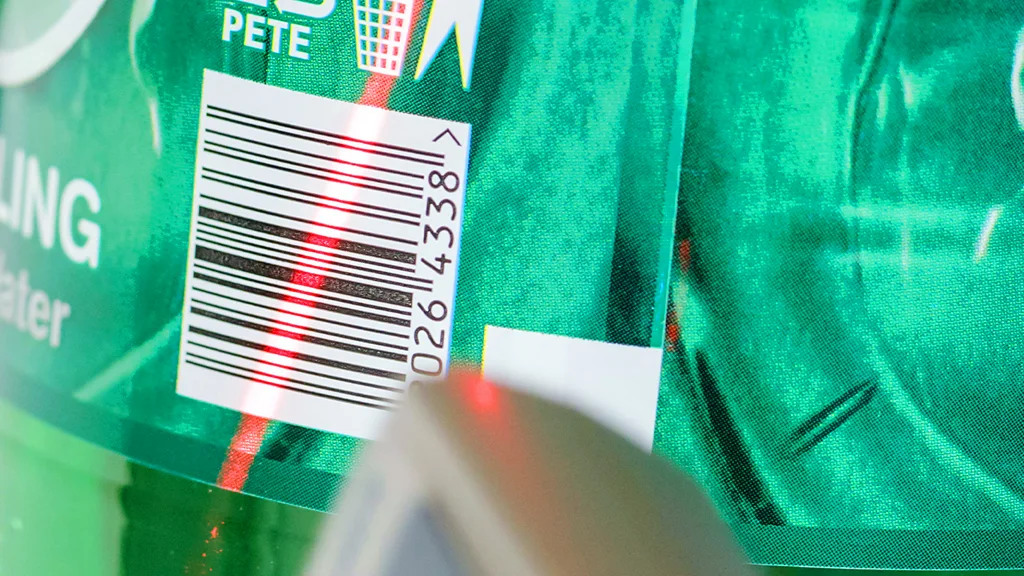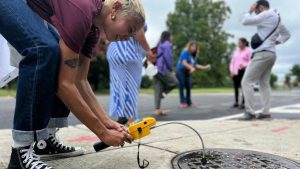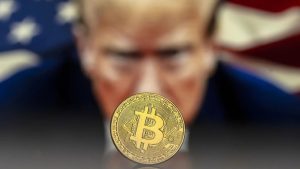
The Fascinating History of the Barcode: From Supermarkets to Space
Few people think twice about the barcodes on their everyday items. Yet, in the 75 years since their invention, barcodes have revolutionized industries, saved lives, and even fueled conspiracy theories. From their humble beginnings to space exploration and fears of the Antichrist, the history of the barcode is far stranger than you might expect.
The Birth of the Barcode
In 1969, IBM engineer Paul McEnroe had a bold vision: to speed up supermarket queues by scanning black-and-white markings on products with lasers. At the time, it seemed futuristic. Barcodes, however, had been around as an idea since 1949 when Joe Woodland, inspired by drawing lines in the sand, filed a patent for them. But turning this concept into a reality took decades of engineering and problem-solving.
McEnroe and his team at IBM faced numerous challenges. One of the most bizarre was convincing IBM’s lawyers that the low-powered laser scanners wouldn’t cause eye injuries. To prove it, McEnroe resorted to testing the lasers on Rhesus monkeys in a lab. After showing that the lasers were safe, the barcode scanning system was cleared for use.
The First Scanned Product and Worldwide Adoption
The grocery industry adopted the Universal Product Code (UPC) in 1973, and in 1974, the first item ever scanned using a barcode was a pack of chewing gum at Marsh Supermarket in Ohio. From there, barcodes spread rapidly across the globe. Five years later, British supermarkets scanned their first product—a box of teabags.
Despite initial resistance from unions and concerns about job losses, barcodes became a fixture in retail. Their benefits were undeniable. They allowed faster checkouts, better inventory management, and the ability to operate large stores with fewer staff.
The Barcode Conspiracy and “Mark of the Beast”
As barcodes grew more common, not everyone embraced them. In 1975, an article in Gospel Call suggested that barcodes could be “the Mark of the Beast,” referencing a biblical prophecy about the end of the world. This idea took root, with some believing barcodes would one day be tattooed on people’s hands or foreheads.
Though the claim has been widely debunked, the association between barcodes and apocalyptic fears persists in some circles. In fact, some groups, including Russian Orthodox Christians known as Old Believers, go so far as to destroy barcodes on products, viewing them as “the stamp of the Antichrist.”
Barcodes in Unexpected Places
Barcodes are not only for groceries. They are used in thousands of ways across various industries. Hospitals use barcode systems to track patient information, blood samples, and medical devices, significantly reducing errors and saving lives. The UK’s National Health Service (NHS) estimates that its Scan4Safety program, which relies on barcodes, has saved millions of pounds and freed up staff time for patient care.
Barcodes have also been used in space. Astronauts on the International Space Station use them to manage food supplies and identify equipment. Back on Earth, they help track wildlife movements, identify the deceased in cemeteries, and even tag embryos in fertility clinics to avoid mix-ups.
The Evolution: From UPC to QR Codes
Barcodes have evolved since their inception. The traditional UPC barcode, with its vertical lines, laid the groundwork for modern “2D barcodes” like QR codes. These QR codes can store more information and are widely used today, from digital payments to marketing campaigns. The push for retailers to adopt QR codes by 2027, known as Sunrise 2027, aims to provide even more data on product labels, such as expiration dates and usage instructions.
Despite these advancements, the original barcode remains deeply embedded in global commerce. Every day, an estimated 10 billion barcodes are scanned worldwide, according to GS1, the organization that oversees barcode standards.
The Legacy of the Barcode
The simplicity and efficiency of the barcode have reshaped industries. Without them, the massive superstores of today, capable of managing vast inventories with minimal staff, would not exist. They are everywhere, yet we rarely give them a second thought.
As Jordan Frith, a professor of communication and expert on barcode history, puts it: “The biggest testament to their success is that we never think about them.”
For more interesting insights into technological history, visit BBC News.
Explore additional stories on innovation at Kenkou Land.





